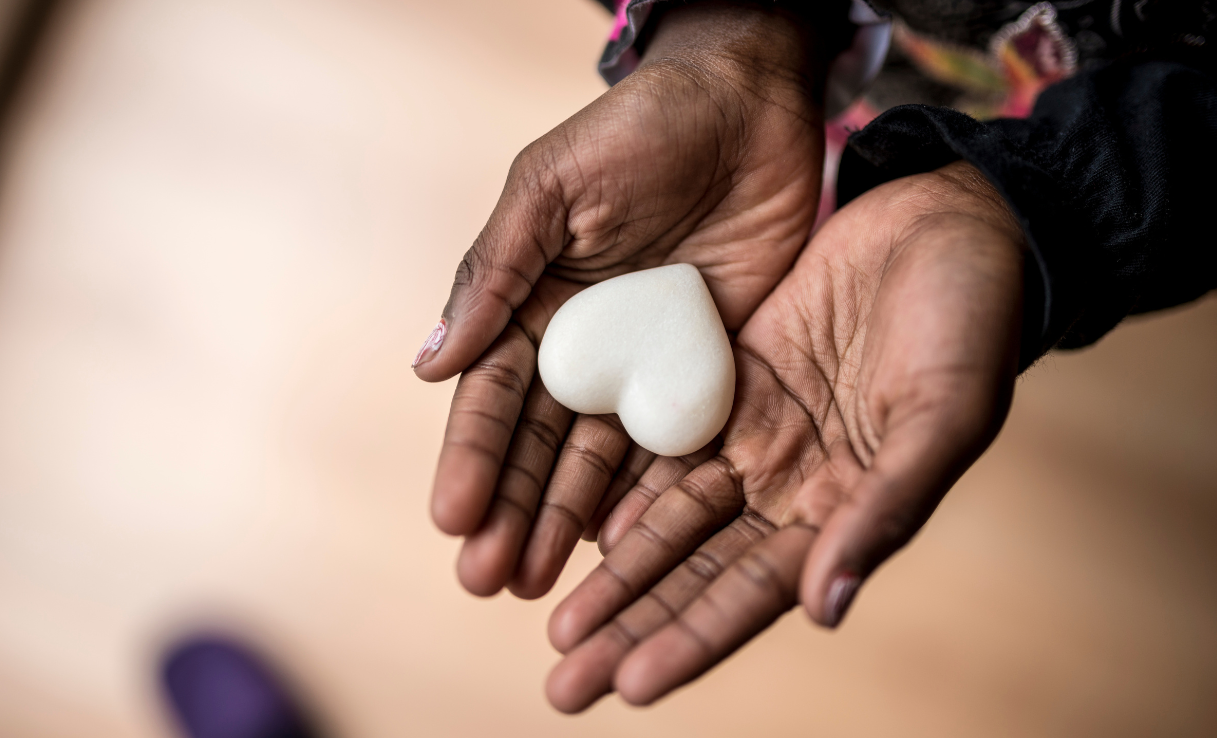Racial and ethnic disparities prevent millions of people from living their healthiest lives possible.
Throughout the United States, racial and ethnic minority groups experience higher rates of illness and death due to health conditions like diabetes, hypertension, obesity, asthma, and heart disease compared White people.
While the self-reported health status of Black and African Americans is improving, the Centers for Disease Control and Prevention (CDC) shows that almost 19% of adults still report fair or poor health. In comparison, 10% of Asian Americans, 13.6% of Native Hawaiian and Pacific Islanders, 13.6% of White Americans, and 16% of Hispanic/Latinos report fair or poor health.
One of the largest barriers to health equity is income inequality. In 2022, Black households had a median income of $52,860 compared to $81,060 for White households. Black households are twice as likely as White households to live in poverty.
Other barriers include lack of health insurance (non-Hispanic Blacks are 70% more likely than non-Hispanic Whites to not have health insurance) and limited health literacy. It’s reported that 24% of Black Americans have below basic healthy literacy skills.
In order to eliminate racial and ethnic disparities in health, the CDC reports three items in their Health Equity video that can be done:
- Conduct and share research
- Develop effective interventions
- Support policies across sectors
We must work together so all people have access to equitable health opportunities.
Sources:
FastStats – Health of Black or African American Population (cdc.gov)

